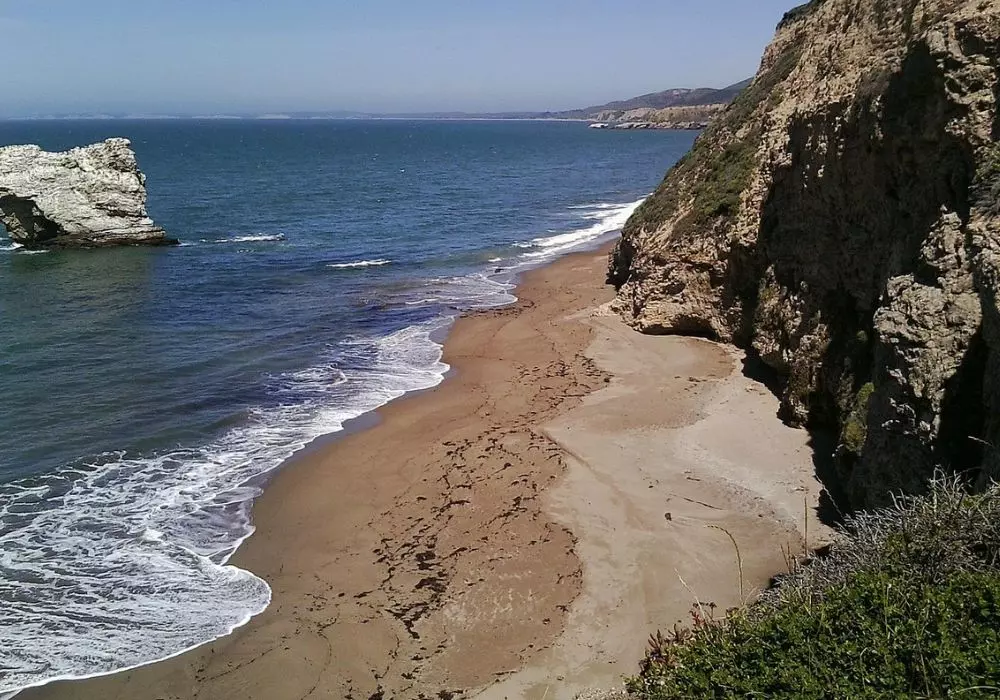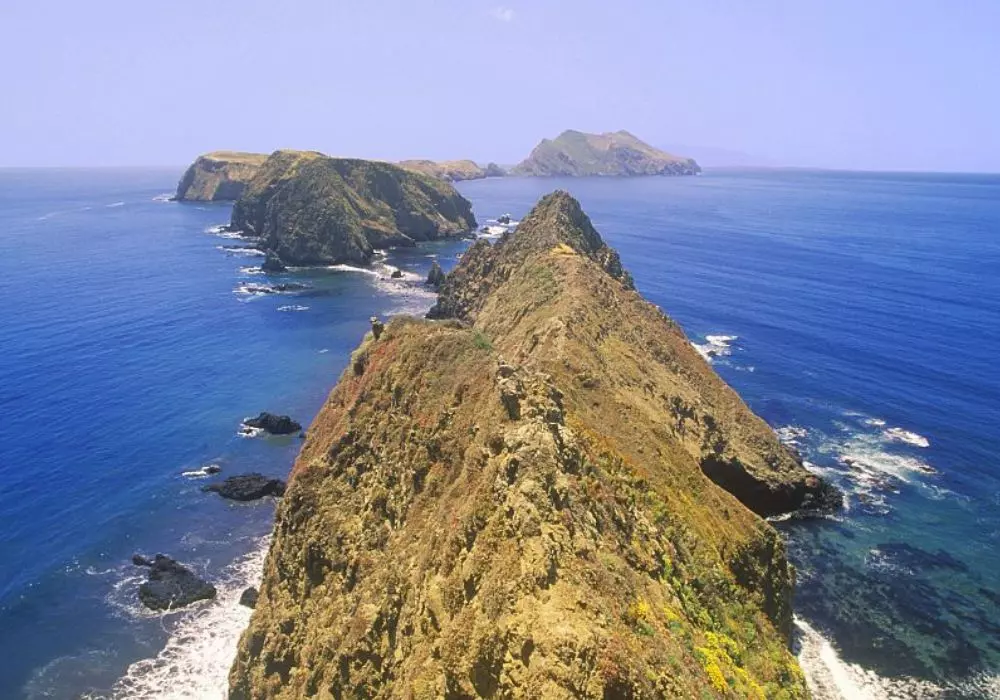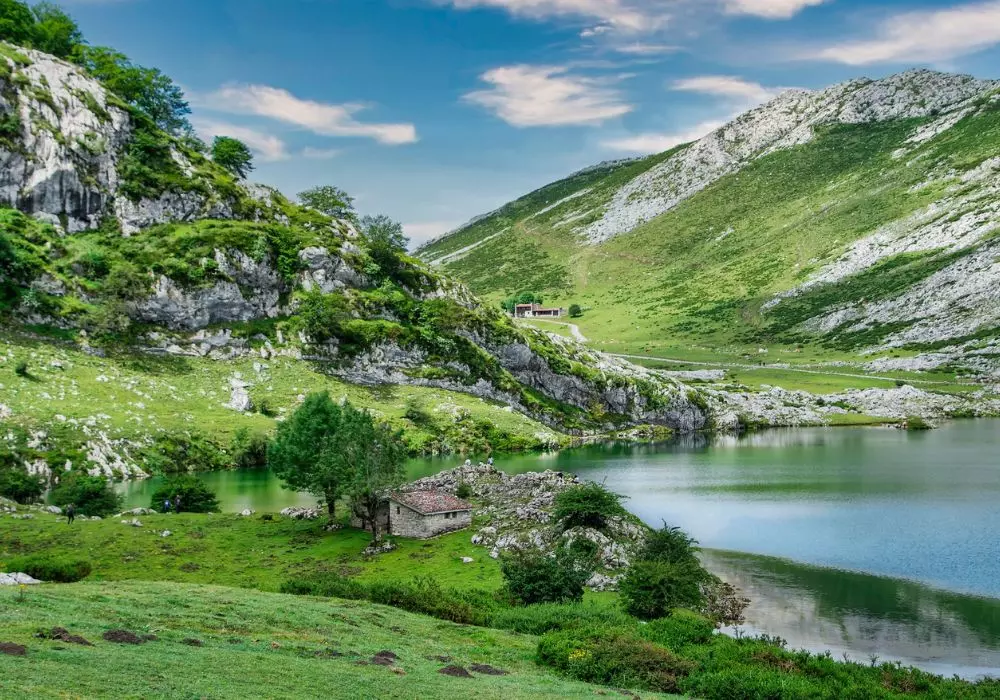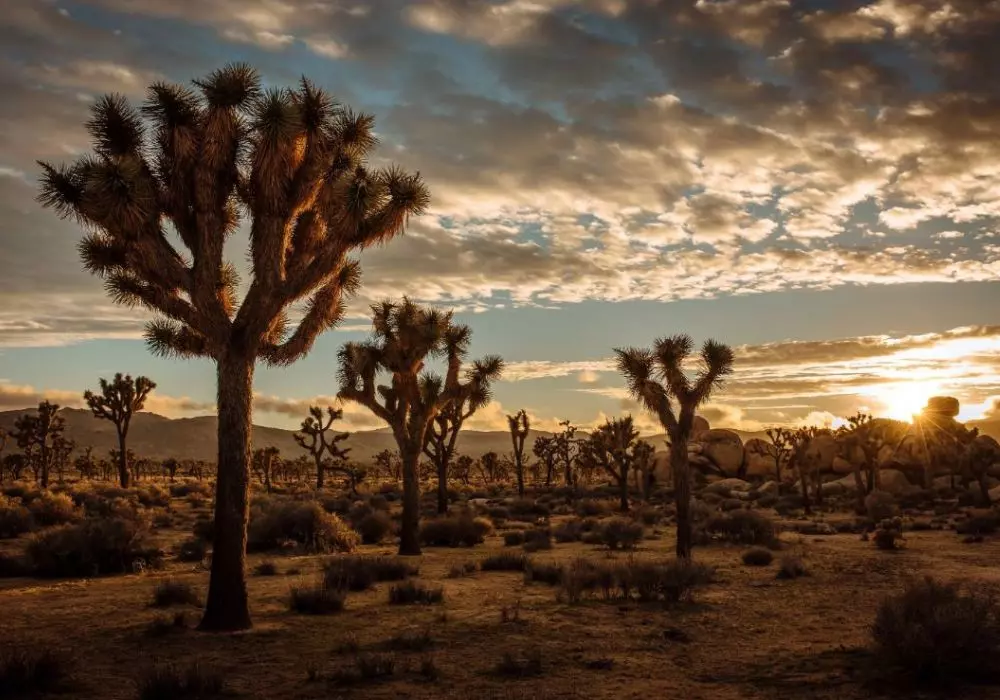“Point Reyes National Seashore” is a cherished coastal gem nestled along Northern California’s rugged Pacific shoreline.
Spanning over 71,000 acres, this protected sanctuary is renowned for its breathtaking vistas, diverse ecosystems, and rich cultural heritage.
Established in 1962, Point Reyes National Seashore stands as a testament to conservation efforts and the preservation of natural landscapes in their pristine state.
From its windswept beaches to its dense forests and rolling hills, Point Reyes offers a sanctuary for a remarkable array of wildlife.
Visitors can witness the majestic sight of tule elk grazing on coastal grasslands or explore tidal pools teeming with marine life.
The seashore’s geological diversity, shaped by the San Andreas Fault and coastal erosion, presents dramatic cliffs and unique rock formations that highlight its dynamic natural history.
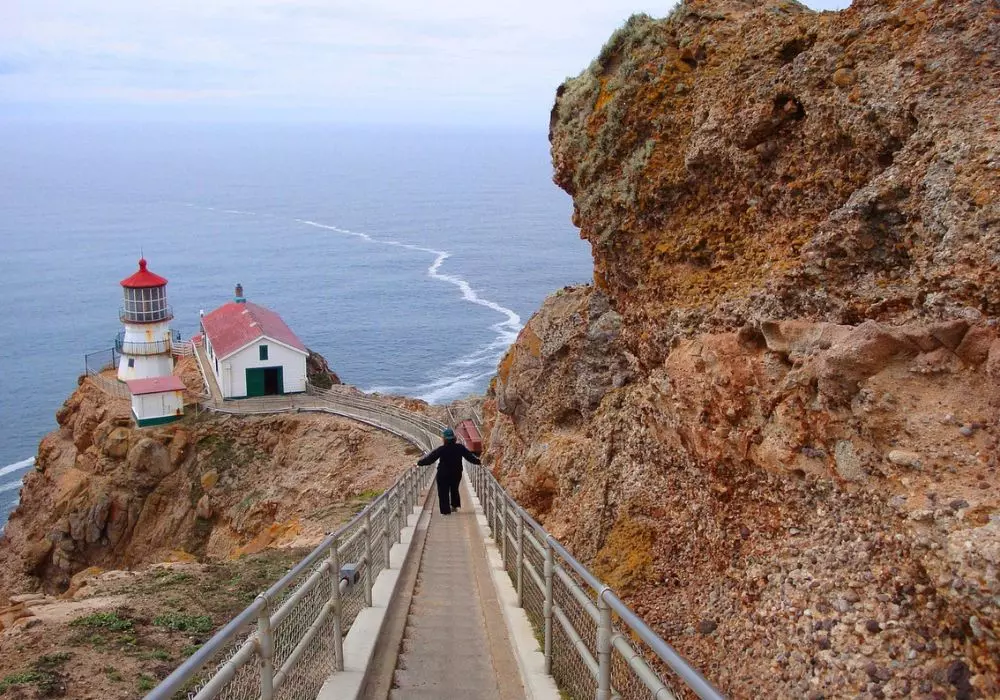

Beyond its natural beauty, Point Reyes holds significant cultural importance, with a history dating back thousands of years.
The Coast Miwok people have long revered this land, leaving behind traces of their deep connection to the environment.
European settlers later brought ranching traditions that still influence the landscape today.
As a designated UNESCO Biosphere Reserve, Point Reyes National Seashore not only serves as a haven for biodiversity but also as a living laboratory for scientific research and environmental education.
Whether you are exploring its historic lighthouses, hiking its scenic trails, or simply soaking in its serene coastal views,
Point Reyes invites visitors to connect with nature and experience the timeless beauty of California’s coastline.
Point Reyes National Seashore: Key Details and visit Information
| Feature | Details |
| Location | Point Reyes Peninsula, Marin County, California, USA |
| Established | September 13, 1962 |
| Area | Approximately 71,028 acres (28,800 hectares) |
| Famous For | Rugged coastal cliffs, scenic beaches, historic Point Reyes Lighthouse, and diverse wildlife |
| UNESCO World Heritage Site | No |
| Key Attractions | Point Reyes Lighthouse, Alamere Falls, Drakes Beach, Tomales Point, Bear Valley Visitor Center |
| Wildlife | Tule elk, harbor seals, elephant seals, black-tailed deer, various bird species like the peregrine falcon |
| Activities | Hiking, wildlife viewing, beachcombing, kayaking, tide pooling, camping, and photography |
| Climate | Mediterranean climate; cool, foggy summers and mild, wet winters |
| Annual Visitors | Approximately 300,000 |
| Cultural Significance | Contains historical sites related to Native American culture and maritime history |
| Nearby Towns | Olema, Inverness, Point Reyes Station |
| Conservation Efforts | Habitat preservation, endangered species protection, and park maintenance |
| Management | Managed by the National Park Service |
History and Culture
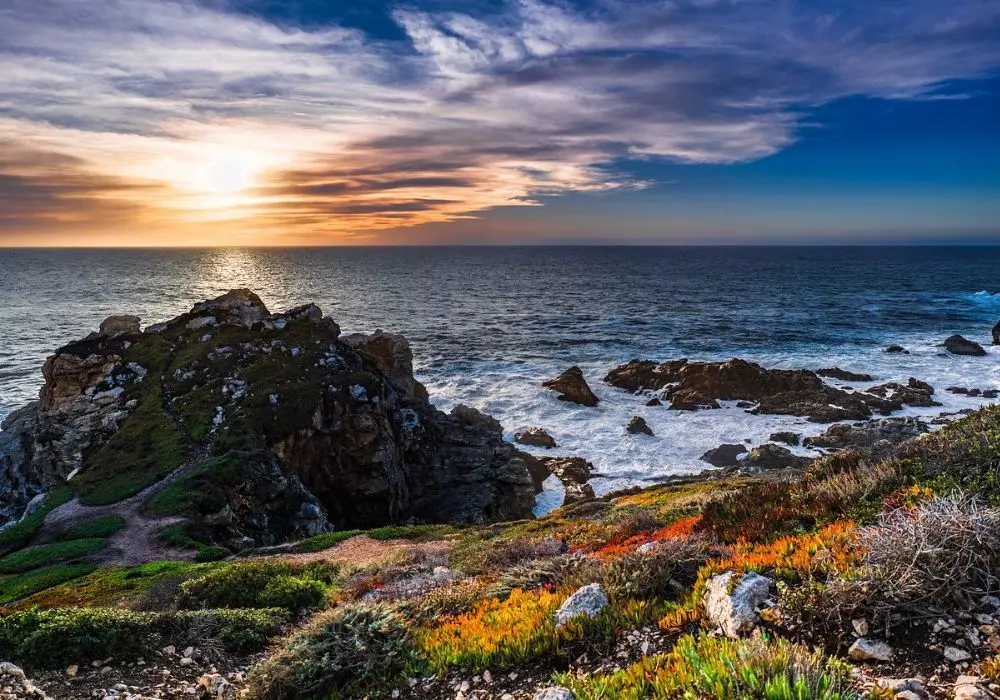

“Point Reyes National Seashore” is not only a haven for natural beauty but also a repository of rich history and diverse cultural heritage.
The area has been inhabited for thousands of years by the Coast Miwok people, who thrived in harmony with the land and sea.
Their presence and influence are evident in the remnants of shell middens and other archaeological sites scattered throughout the region, reflecting a deep-rooted connection to the environment.
European exploration of the area began in the 16th century, with Spanish and later Russian expeditions exploring the California coast.
However, it was not until the 19th century that significant European settlement occurred, primarily driven by ranching and dairy farming.
The historic Point Reyes Peninsula has several well-preserved ranches, such as the Pierce Point Ranch, which provide a glimpse into the region’s agricultural past and its evolution over time.
In the early 20th century, efforts to conserve the natural beauty of Point Reyes began gaining momentum.
The establishment of Point Reyes National Seashore in 1962 marked a pivotal moment in the preservation of this coastal landscape.
Today, the seashore is managed by the National Park Service, which works to protect its ecological integrity while also honoring its cultural heritage.
Visitors to Point Reyes National Seashore can explore its historical landmarks, including the iconic Point Reyes Lighthouse, which has guided mariners along the treacherous coastline since 1870.
Interpretive programs and exhibits offer insights into the area’s diverse cultural history, celebrating the contributions of indigenous peoples and early settlers alike.
Exploring the history and culture of Point Reyes National Seashore provides a deeper appreciation for the interconnectedness of human history and the natural environment.
It is a place where past and present converge, inviting visitors to reflect on the enduring legacy of stewardship and conservation efforts in preserving this coastal treasure.
Natural Wonders
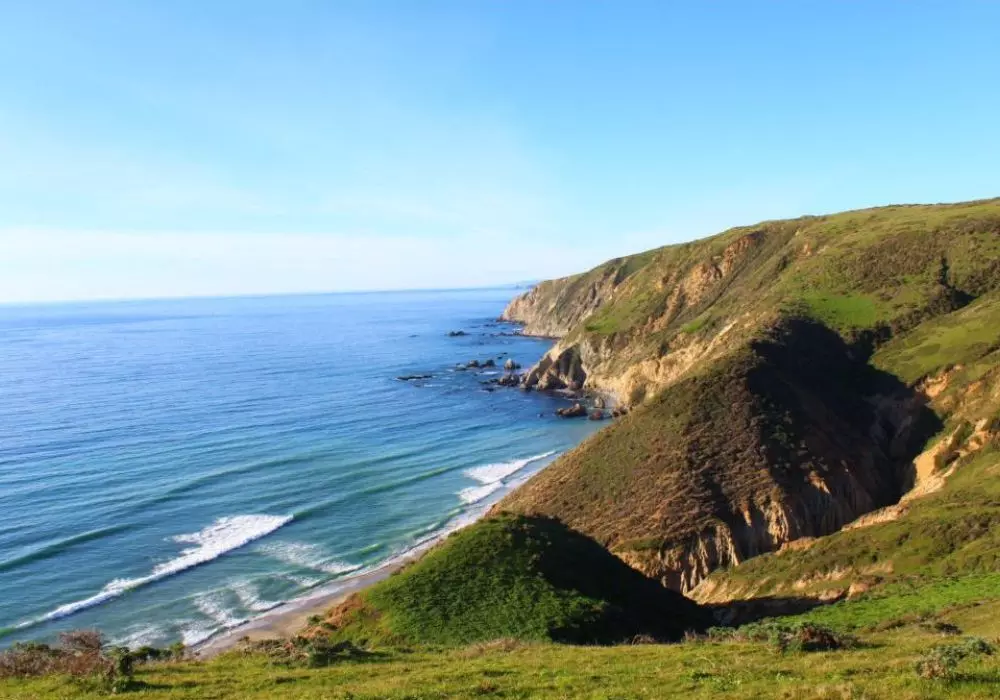

“Point Reyes National Seashore” is a testament to the breathtaking natural beauty found along the Northern California coast.
Its diverse ecosystems, ranging from coastal beaches to dense forests and expansive grasslands, harbor a wealth of wildlife and offer visitors a glimpse into pristine coastal landscapes.
The seashore’s unique location and varied habitats support an incredible array of flora and fauna, including the iconic tule elk, which roam freely across its rolling hills.
Visitors to Point Reyes can explore miles of scenic trails that wind through towering forests of bishop pine and coastal scrub, providing opportunities for birdwatching and wildlife observation.
The coastline itself is dotted with secluded beaches and rocky outcrops, where harbor seals can often be seen basking in the sun or playing in the surf.
Tidal pools along the shore reveal a hidden world of marine life, showcasing colorful sea stars, anemones, and crustaceans.
Each season brings its own magic to Point Reyes National Seashore, from spring wildflower blooms to winter storms that shape the coastline.
The interplay of land and sea creates a dynamic environment where nature thrives, offering visitors a chance to reconnect with the natural world and experience the serenity of California’s coastal wilderness.
Geological Features
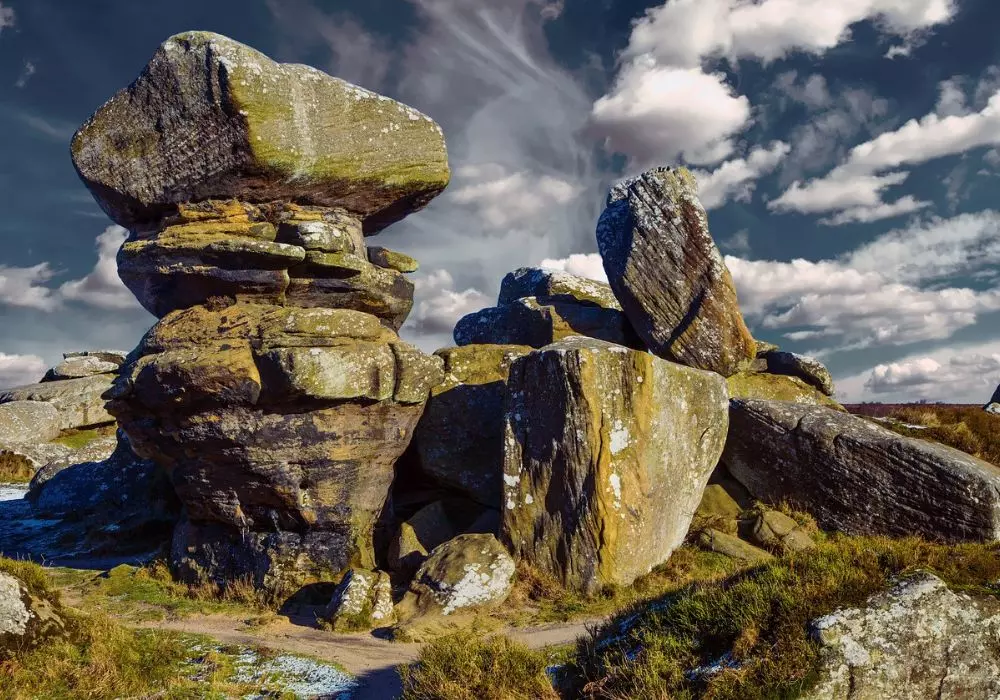

“Point Reyes National Seashore” is characterized by its dramatic geological features shaped by millions of years of tectonic activity and coastal erosion.
Situated along the Pacific Plate boundary, the seashore is a prime example of the Earth’s dynamic forces at work.
The San Andreas Fault, which runs through the region, has played a significant role in shaping its rugged cliffs, rocky headlands, and diverse coastal formations.
The Point Reyes Peninsula itself is a prominent geological feature, jutting out into the Pacific Ocean and offering panoramic views of the surrounding seascape.
Visitors can witness the sheer cliffs of Point Reyes Headlands, which provide nesting sites for seabirds and offer unparalleled vistas of the ocean below.
Chimney Rock, another notable geological formation, showcases wave-cut platforms and sea stacks sculpted by relentless coastal erosion.
Exploring the geological features of Point Reyes National Seashore offers a deeper understanding of the forces that have shaped this coastal landscape over time.
From the ancient rocks of the Salinian Block to the dynamic shoreline influenced by wave action and sea level changes, each geological feature tells a story of the seashore’s geological evolution and its ongoing transformation in response to natural forces.
Points of Interest


“Point Reyes National Seashore” offers an array of captivating points of interest that showcase its natural beauty and cultural significance.
One of the highlights is the historic Point Reyes Lighthouse, perched atop dramatic cliffs overlooking the Pacific Ocean.
Built in 1870, the lighthouse has guided mariners for decades and now serves as a museum where visitors can learn about maritime history and enjoy panoramic coastal views.
Another notable destination within the seashore is the picturesque Chimney Rock, known for its breathtaking vistas and seasonal wildflower displays.
This area is also a prime spot for whale watching, offering visitors a chance to observe migrating gray whales as they pass through the coastal waters.
For those interested in the cultural heritage of Point Reyes, the historic ranches scattered throughout the seashore provide a glimpse into California’s ranching history.
The Pierce Point Ranch, in particular, offers interpretive programs and exhibits that highlight the region’s agricultural past and the challenges faced by early settlers.
Nature enthusiasts will appreciate the diverse hiking trails that meander through lush forests, along coastal bluffs, and through tranquil meadows.
Popular trails include the Tomales Point Trail, which leads to the northern tip of the peninsula and offers unparalleled views of the Pacific Ocean and Drakes Bay.
Whether exploring historical landmarks, observing wildlife, or simply enjoying the serenity of its natural landscapes, Point Reyes National Seashore offers something for every visitor to discover and appreciate.
Conservation Efforts


“Point Reyes National Seashore” is a model of conservation efforts aimed at preserving its natural beauty and ecological diversity for future generations.
Since its establishment in 1962, the seashore has been dedicated to protecting its diverse habitats, which support a wide range of plant and animal species.
One of the primary conservation initiatives at Point Reyes is the preservation of critical habitats for endangered and threatened species.
The seashore is home to the tule elk, a species that was once on the brink of extinction but now thrives in protected areas within the park.
Efforts to restore and maintain these habitats ensure that wildlife populations can flourish in their natural environment.
In addition to habitat conservation, Point Reyes National Seashore is committed to sustainable resource management and minimizing human impact on the environment.
Visitor education programs promote responsible behavior and encourage practices that support conservation efforts, such as Leave No Trace principles and wildlife protection guidelines.
The seashore’s designation as a UNESCO Biosphere Reserve underscores its global significance as a model for balanced conservation and sustainable development.
Research conducted within the reserve contributes to scientific understanding of coastal ecosystems and informs management practices aimed at preserving biodiversity and ecological integrity.
Through collaborative efforts with partners, stakeholders, and the public, Point Reyes National Seashore continues to uphold its commitment to conservation, ensuring that future generations can enjoy and appreciate its natural wonders.
Visitor Information
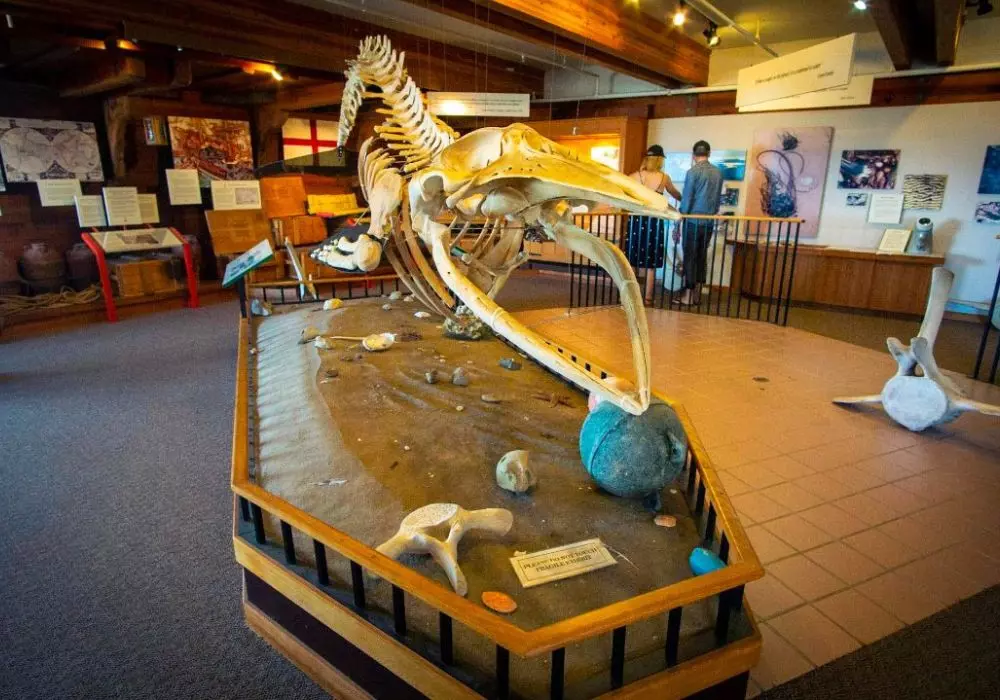

“Point Reyes National Seashore” welcomes visitors to explore its stunning landscapes and rich cultural heritage with a variety of amenities and activities available.
Located along the picturesque Northern California coast, the seashore offers something for everyone, from hiking and wildlife viewing to historical exploration and peaceful beach outings.
Getting There: Point Reyes National Seashore is accessible by car from the San Francisco Bay Area via Sir Francis Drake Boulevard or Point Reyes-Petaluma Road.
The scenic drive takes you through rolling hills and pastoral landscapes before reaching the coastline.
Visitor Centers: The Bear Valley Visitor Center serves as the main hub for information, featuring exhibits on the seashore’s natural and cultural history, trail maps, and ranger-led programs.
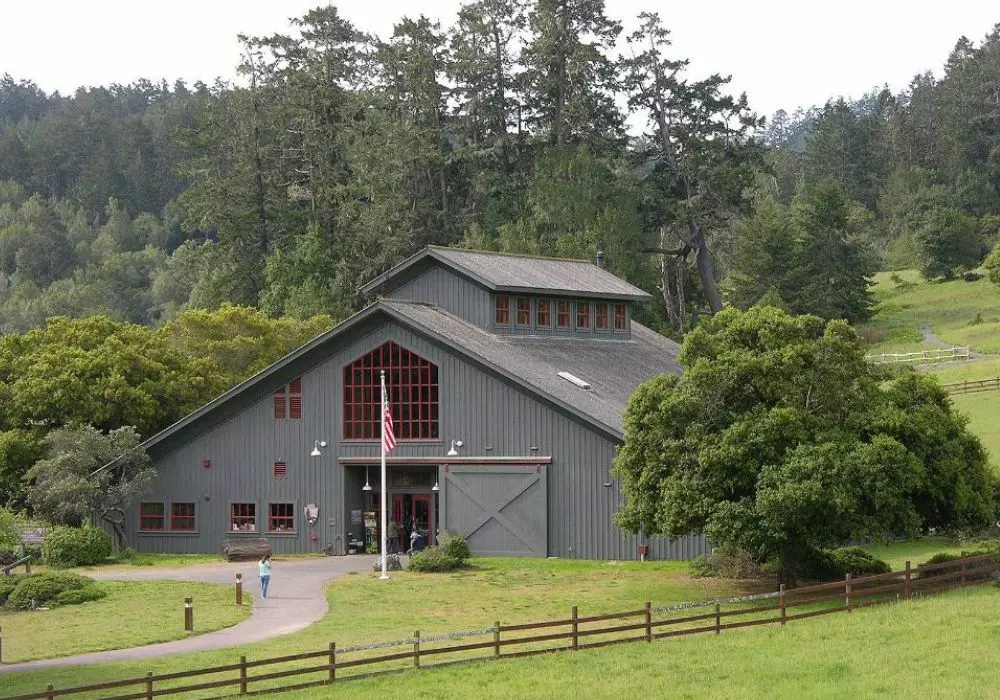

Other visitor centers include the Lighthouse Visitor Center near the historic Point Reyes Lighthouse and the Kenneth C. Patrick Visitor Center at Drakes Beach.
Activities: Popular activities at Point Reyes include hiking along the seashore’s extensive trail system, which ranges from easy coastal walks to challenging backcountry treks.
Birdwatching, especially during seasonal migrations, and wildlife viewing of tule elk, harbor seals, and gray whales are also popular activities.
Lodging and Camping: Lodging options near Point Reyes include inns and vacation rentals in nearby towns such as Point Reyes Station and Olema.
Camping is available at the Point Reyes National Seashore campgrounds, including the popular campgrounds at Sky Camp and Coast Camp. Reservations are recommended, especially during peak seasons.
Best Times to Visit: Point Reyes National Seashore is a year-round destination, but spring and fall offer mild weather and fewer crowds.
Winter months are ideal for whale watching, while summer is perfect for beach activities and wildflower blooms.
Conservation Tips: Visitors are encouraged to practice Leave No Trace principles, respect wildlife and habitat, and follow park regulations to help preserve the seashore’s natural beauty for future generations.
Whether you’re seeking outdoor adventure, historical exploration, or simply a peaceful retreat by the sea, Point Reyes National Seashore offers an unforgettable experience immersed in natural splendor and cultural richness.
Conclusion
“Point Reyes National Seashore” stands as a timeless testament to the beauty and resilience of California’s coastal landscapes.
From its rugged cliffs and windswept beaches to its lush forests and vibrant grasslands, the seashore captivates visitors with its diverse ecosystems and rich cultural history.
Throughout its history, Point Reyes has served as a sanctuary for wildlife, a haven for outdoor enthusiasts, and a place of reflection for those seeking solace in nature’s embrace.
The preservation efforts and conservation initiatives undertaken here ensure that this coastal treasure remains pristine and accessible for generations to come.
As we continue to face environmental challenges and uncertainties, places like Point Reyes National Seashore remind us of the importance of conservation and stewardship.
By protecting its natural wonders and honoring its cultural heritage, we safeguard not only a piece of California’s history but also a beacon of hope for the future.
Whether you come to hike its trails, witness its wildlife, or simply savor its scenic beauty, Point Reyes National Seashore invites you to connect with nature in its purest form and experience the magic of this coastal sanctuary.
